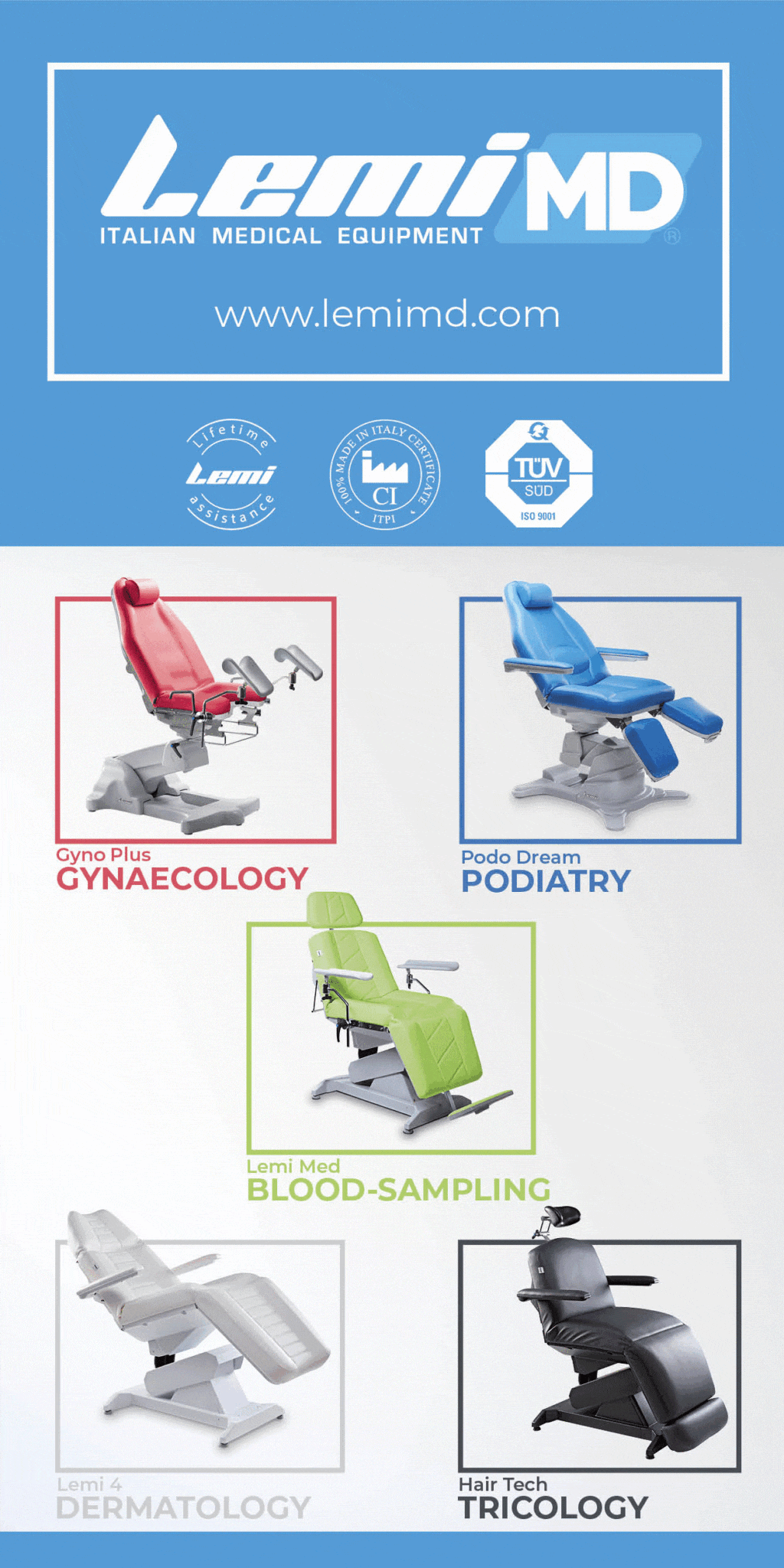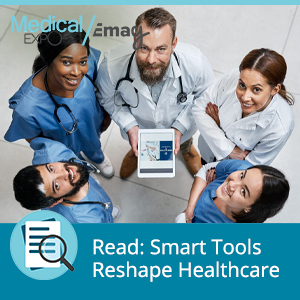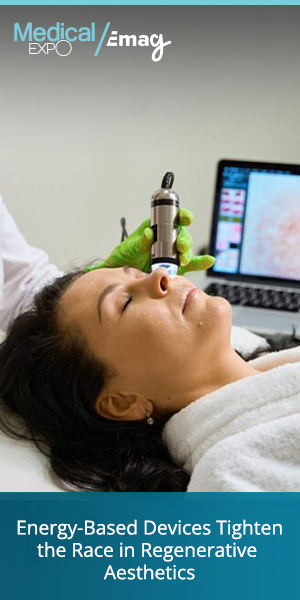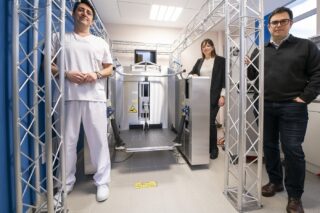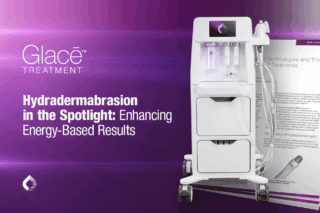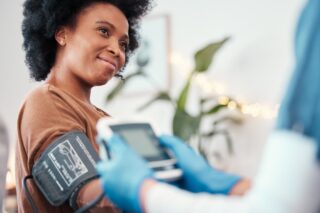6G technology in healthcare will facilitate health data aggregation, by unifying and processing vast amounts of medical data collected from numerous sources.
As the world continues to envision the possibilities of sixth-generation (6G) mobile communication, the healthcare industry is poised to be one of its greatest beneficiaries. While 5G is still being widely implemented, researchers are already exploring the next frontier with 6G, which promises to build on the advancements of its predecessor. It aims to deliver even faster data speeds, ultra-low latency, and intelligent networking capabilities. These features represent the potential to revolutionize how healthcare services are delivered, monitored, and managed. From real-time patient monitoring to personalized treatments, the integration of 6G could address many of the inefficiencies and challenges currently facing the medical field.
The core promise of 6G in healthcare lies in its ability to unify and process vast amounts of medical data collected from numerous sources. Health-monitoring devices like wearables and medical-grade sensors already generate critical insights about patients, but much of this data is fragmented across incompatible platforms. With 6G’s robust connectivity, this information can be seamlessly aggregated into a comprehensive “digital medical twin,” giving doctors and researchers an unprecedented view of patient health. This paradigm shift could enable earlier diagnoses, enhance preventive care, and improve outcomes for millions.
6G-Enabled Technologies Reshaping Medicine
One of the most exciting developments enabled by 6G is the aggregation of health data from diverse sources, including wearable fitness trackers, implantable medical devices, and environmental sensors. These technologies currently face interoperability challenges, as they often operate in isolated ecosystems. With 6G, this barrier could dissolve, creating integrated systems where data flows seamlessly between devices. For example, a patient wearing a smartwatch monitoring heart rate and a glucose monitor could have both sets of data analyzed together in real-time, providing a more complete health picture.
Contactless sensing technologies are another major frontier. 6G’s ultra-fast wireless communication allows for radar-based sensors that can monitor vital signs such as heart rate, respiration, and even subtle chest vibrations from a distance. These sensors could be placed under hospital beds or integrated into home care systems, enabling continuous monitoring without invasive procedures. Additionally, 6G will support medical robotics, such as AI-driven exoskeletons for rehabilitation, which require real-time control and minimal data delays. These robots could offer personalized physical assistance, improving mobility and promoting recovery.
Secure data exchange will also see significant advancements. By utilizing 6G’s intelligent networks, hospitals, and research institutions could securely share patient data for collaborative studies while maintaining strict privacy protocols. This would open the door for large-scale analytics, aiding in medical research and the development of personalized treatments. These technologies, underpinned by 6G, represent a leap forward in how medical data is collected, analyzed, and applied.

RPTU and DFKI: Custom-printed Circuit Boards
The Rheinland-Pfälzische Technische Universität Kaiserslautern-Landau (RPTU) and the German Research Center for Artificial Intelligence (DFKI) are at the forefront of research into how 6G can transform healthcare. Collaborating on the Open6GHub project, these institutions are developing functional demonstrators to showcase the potential of this next-generation technology. Their work focuses on overcoming key challenges such as data silos and interoperability by designing systems that aggregate and process information from a wide range of sensors.
One of their breakthroughs is a network protocol that allows health sensors to communicate efficiently in a ring layout. This topology ensures low latency and high fault tolerance, enabling real-time data exchange between devices. The researchers have also developed custom printed circuit boards (PCBs) to act as sensor carriers, partnering with manufacturers to integrate these into wearable and medical-grade devices. Together, these innovations provide the foundation for creating a digital medical twin—a comprehensive digital representation of an individual’s health.
The institutions are also exploring broader 6G capabilities, including organic network topologies and enhanced security features. Their OpenLabs initiative invites public and private collaboration, fostering innovation and practical applications for 6G in medicine. Professor Hans Schotten, a key figure in the project, emphasizes the importance of cooperation across academia, industry, and startups to realize the full potential of 6G. With their groundbreaking work, RPTU and DFKI are not only advancing the technological possibilities of 6G but also shaping its application in creating smarter, more responsive healthcare systems.

